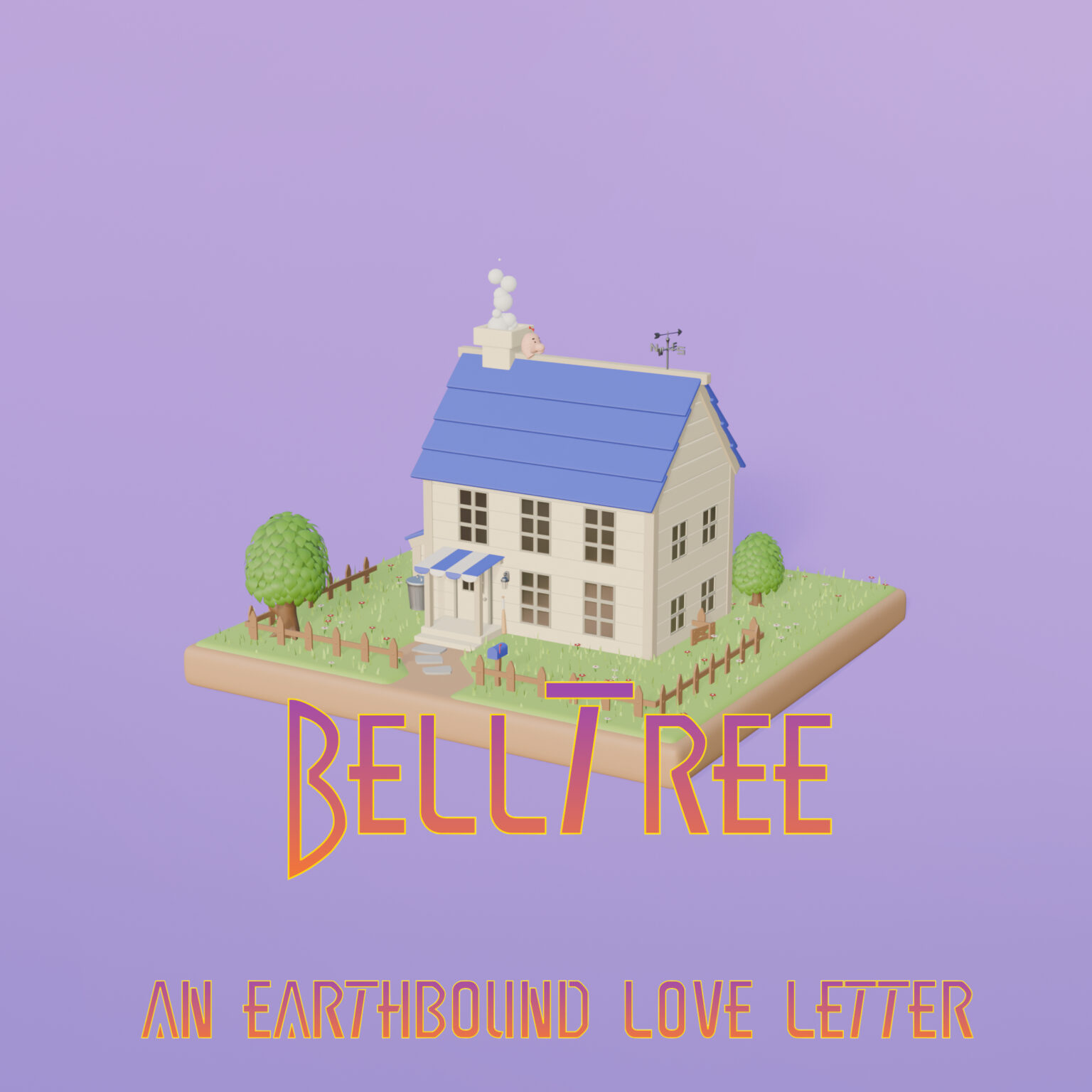Bell Tree – an Earthbound Love Letter

Introduction
This post serves as an insight into the process of creating Bell Tree – an Earthbound Love Letter.
Named after the English translation of Suzuki, this collection of Game Loops is heavily inspired by the work of Keiichi Suzuki on the 1994 video game Earthbound for the SNES. I aimed to fill this pack with the character and charming sounds of the 1994 video game.
I had a bunch of fun making these, and I really hope they serve your project well.
A massive thanks to Jessica Sholakis for the incredible artwork!
Inspiration and Intention
On the recommendation of my good friend Patrick Lovelady, I began playing Earthbound. My only previous exposure to the game was through Smash Bros. and the impossible-to-play Ness. Upon start up, the zany, charming character of the game is immediately presented to you. Exploring Onett and having absurd interactions with villagers speaking from behind closed doors whilst the naive and uplifting music of Keiichi Suzuki playing in the background…! Fantastic world building from the get go.
I spent some time listening extensively to the OST and took a squint at the Earthbound charts on VGLeadsheets to give me some insight into Keiichi’s work, and how I could hope to emulate its charm. I’ll leave the detailed analysis of the OST to the likes of 8 Bit Music Theory, but the key takeaways I wanted to incorporate were;
- Non-functional chord movement and unexpected bass notes
- Counter Melody
- Chromatic Bass Lines
- Chromaticism in Melodies
Composition Process
I set myself a few compositional goals with these pieces;
- Use Leit-motif (every film and game composers wet dream) – create characterful melodies that can be repurposed across tracks to suit different moods
- Challenge my existing harmonic structures – explore different voicings and aim for a denser harmony in general
- Employ counter-melody
- Ensure the pieces were compositionally related to each other – my previous game loop packs have been of the same style/genre, but for this set I wanted them to be fundamentally related to each other, and reuse ideas across the tracks. Create an incestuous set of music, if you will.
To help facilitate this, I felt it best to write each piece to near-completion in Dorico, my notation software of choice.
For me, I find it easier to analyse vertical harmony with notation – reading MIDI from multiple tracks within a DAW hurts my eyes and brain.
Also, when beginning a new work in a DAW, I often find myself getting fixated on the sound/timbre of instruments, working ‘vertically’ and adding layers. When I work in notation I find I move horizontally faster, getting from one idea to the next more effectively.
Below is a video showing some of the variations I subjected the melodies to within the tracks.
Beyond this, there are also rhythmic and harmonic ideas that are reused throughout the pieces, a result of my attempt to create homogeneity.
Soundfonts
Of course a huge part of the character of the Earthbound OST also comes from the charm of the SNES audio quality, and the quirky samples that Keiichi and his co-composers chose to use.
In this digital age, we have access to these exact sounds, thanks to ‘Soundfonts’.
Essentially samples taken from the SNES cartridge, the use of Soundfonts is contentious, as it is technically copyright infringement. However, Soundfonts have been used in commercial releases (Undertale being the common example), and no harm (legal or otherwise) has occurred to any party, at least to my knowledge.
So… fair play?
I would like to note that I hold utmost respect for the hard work of the many audio engineers and musicians involved in the creation of the original samples, and hope that my use of them serves as homage, not theft.
So, I got my hands on the sounds, and I knew that I wanted to exclusively use these samples for my love letter to Earthbound, a ‘fun’ creative limitation…
As it turned out, using them was rather frustrating. Either the particular Soundfont library I found online or the way Logic’s Sampler was handling them resulted in each sample being differently out of tune; some by a semitone, others by -23 cents, others +34 cents…. This made browsing the sounds extremely tedious and mind numbing, having to tune each sample (some of which had heavy vibrato on them) to a sine wave…
There were many times where I so very much wanted to reach for other virtual instruments that I knew would ‘just work’, but I wanted to stick to the creative limitation I had set myself.
Like any good promise to myself, I eventually broke it and there are two samples that are not from the original SNES game. Good luck finding them!
To add to the authenticity, I also used Impact Soundworks GameVerb – a faithful recreation of the ‘reverbs’ used in the SNES, Playstation One, and N64. This lovingly crafted plugin even had some presets emulating particular levels from Earthbound! Lovely.
Reflection
While I am proud of the work put in, and happy with each composition, there are some things I would do differently next time.
I would get more comfortable with the Soundfonts Library first, so that I could compose to its limitations more clearly in my mind. There are some songs that I feel didn’t quite translate as intended, mainly ‘I Miss You’. I feel this piece could have greatly benefited from some more realistic Strings, and a more expressive Solo instrument.
But perhaps these compositions will get a rebirth in the future!
